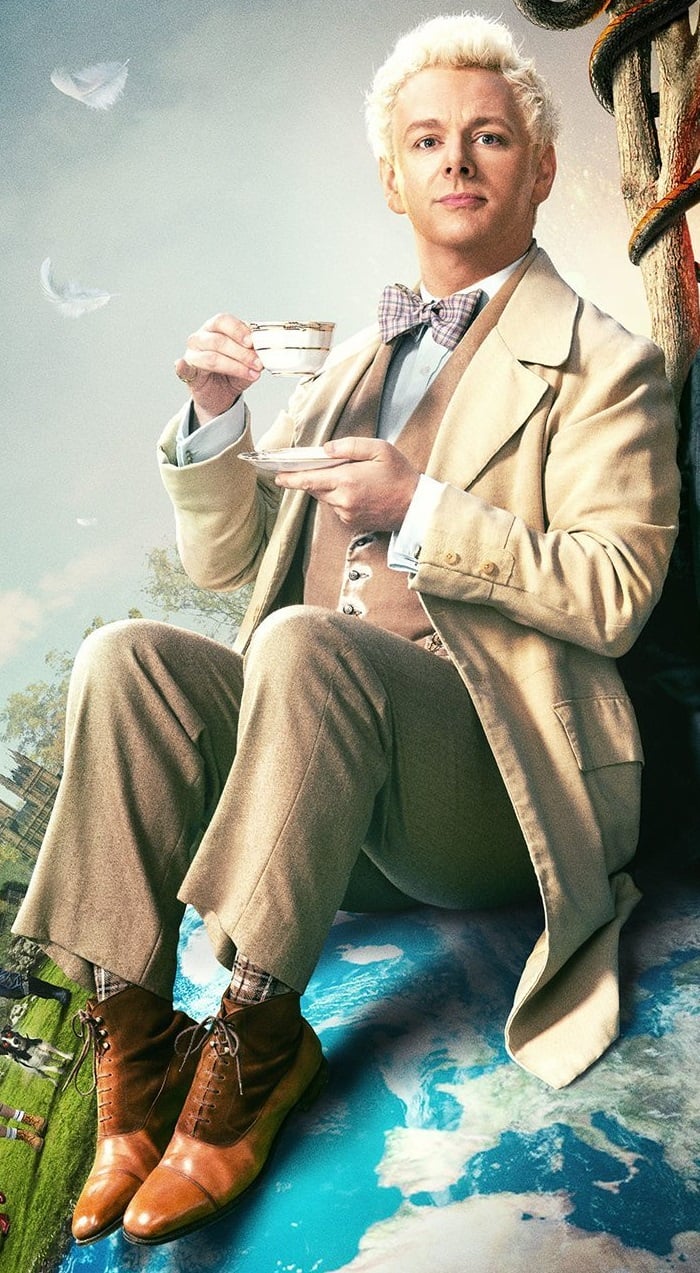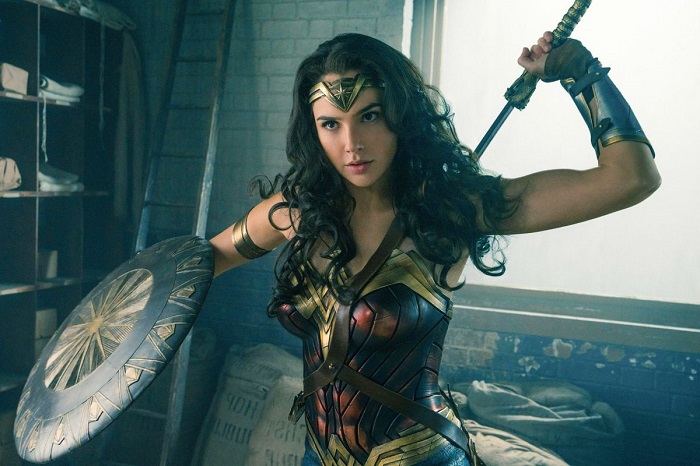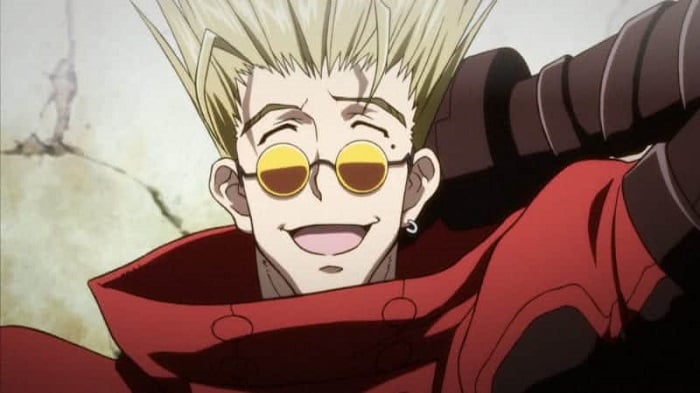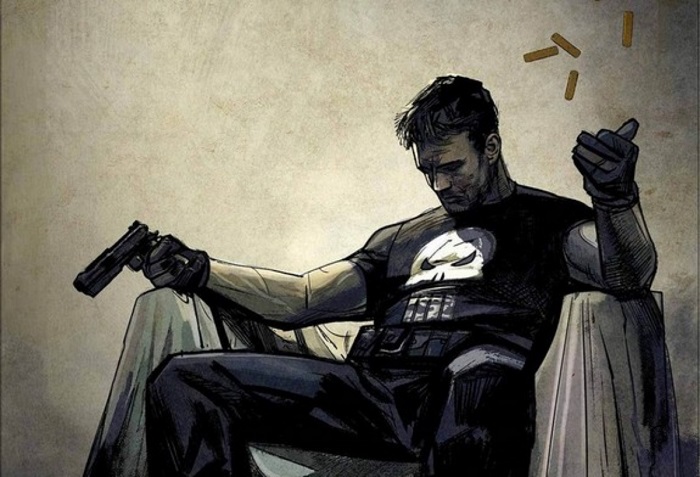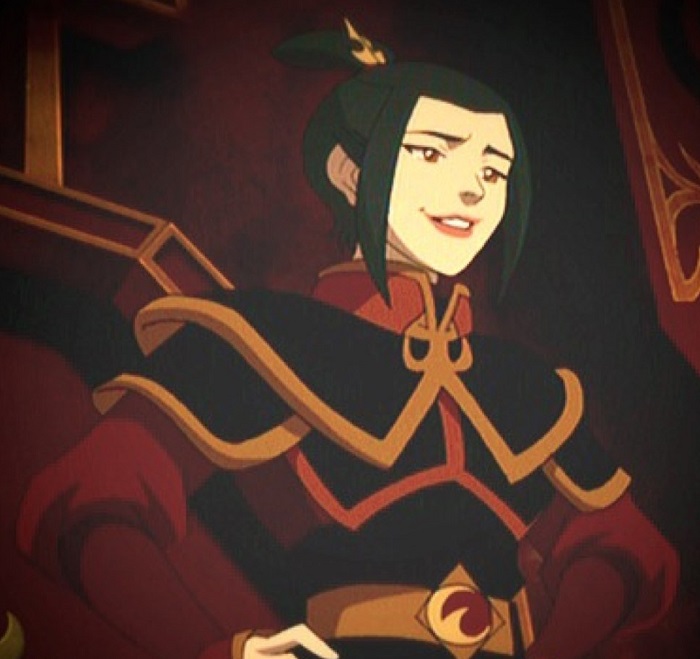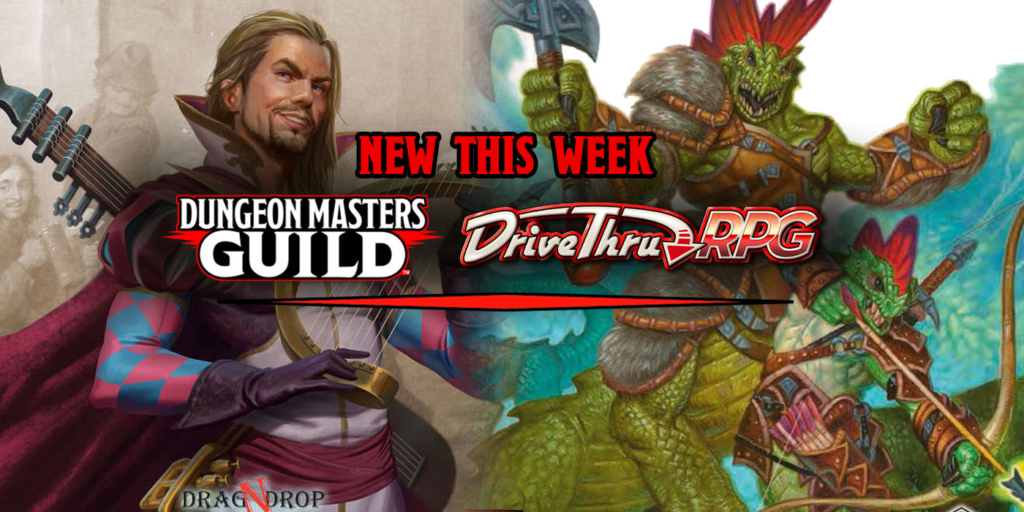Five Paladin Oaths as Fictional Characters
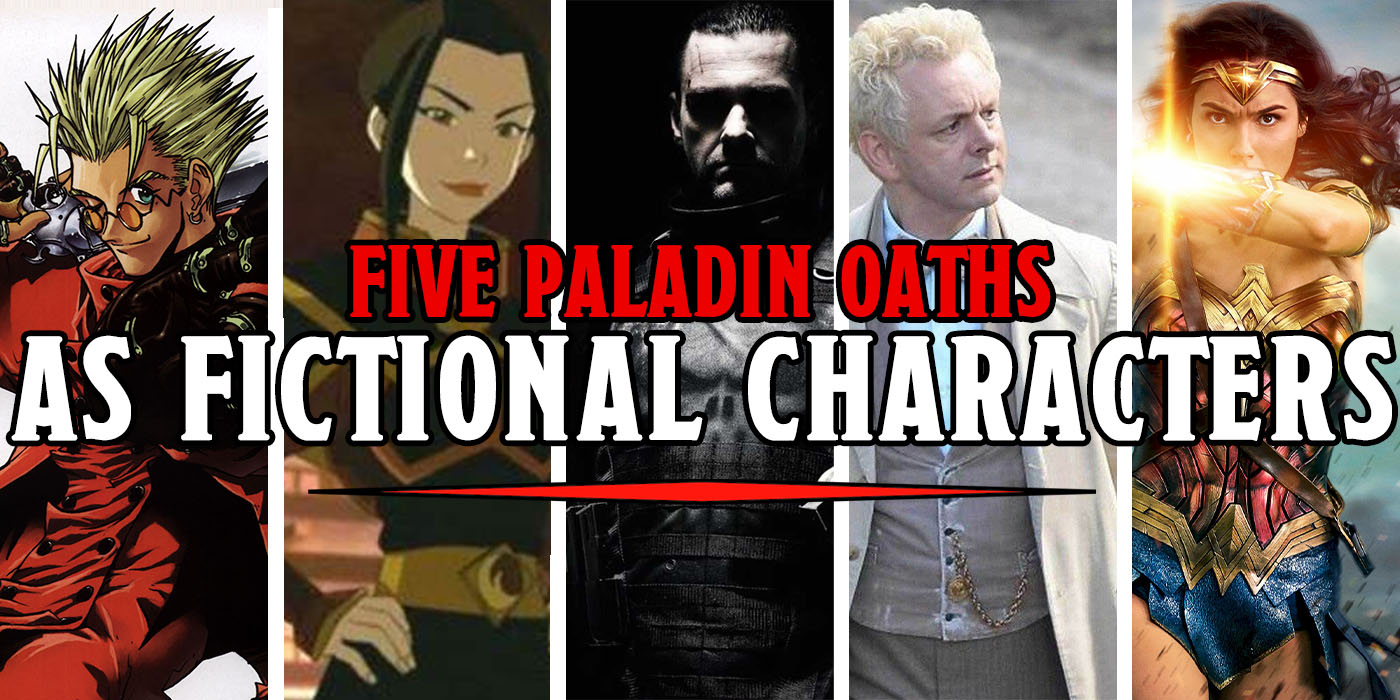

It’s Paladins! We all know paladins; they have strong arms and stronger beliefs. But what do they look like out in the world of popular media?
Oath of Devotion
“The Oath of Devotion binds a Paladin to the loftiest Ideals of justice, virtue, and order. Sometimes called cavaliers, white knights, or holy warriors, these paladins meet the ideal of the Knight in shining armor, acting with honor in pursuit of justice and the greater good. They hold themselves to the highest standards of conduct, and some, for better or worse, hold the rest of the world to the same standards.”
Aziraphale: Okay, he’s not good at his job, but the shoe fits. A literal holy warrior (sometime in the past, at least) with the loftiest of ideals, Aziraphale is the perfect example of somebody who said, “I’m gunna make a devotional paladin!” and then sort of forgot. Which is fitting, because I think the character sort of forgets from time to time, too. There are of course a million examples of the basic “knight in shining armor,” but I picked my favorite angel because his entire character arc is escaping some of the worst aspects of blind devotion and takes a critical eye to adhering unquestioning to ideals.
Oath of Ancients
“The Oath of the Ancients is as old as the race of elves and the rituals of the druids. Sometimes called fey knights, green knights, or horned knights, paladins who swear this oath cast their lot with the side of the light in the cosmic struggle against darkness because they love the beautiful and life-giving things of the world, not necessarily because they believe in principles of honor, courage, and justice. They adorn their armor and clothing with images of growing things-leaves, antlers, or flowers-to reflect their commitment to preserving life and light in the world.”
Wonder Woman: Fighting for goodness and beautify and life over all else yells Diana to me and the Ancients being as old as the elves feels very much like the Amazons. This isn’t an exact one for one, of course; Wonder Woman does care a great deal about justice and isn’t often adorning herself with flowers. She may be a duel-classed character, but the paladin features are very evident to me.
Oath of Redemption
“The Oath of Redemption sets a paladin on a difficult path, one that requires a holy warrior to use violence only as a last resort. Paladins who dedicate themselves to this oath believe that any person can be redeemed and that the path of benevolence and justice is one that anyone can walk. These paladins face evil creatures in the hope of turning them to the light, and the paladins slay them only when such a deed will clearly save other lives. Paladins who follow this path are known as redeemers.
While redeemers are idealists, they are no fools. Redeemers know that undead, demons, devils, and other supernatural threats can be inherently evil. Against such foes, the paladins bring the full wrath of their weapons and spells to bear. Yet the redeemers still pray that, one day, even creatures of wickedness will invite their own redemption.“
Advertisement
Vash the Stampede: Redemption Oath’s description is almost word for word Vash. Violence as a last resort? Idealistic in hopes of turning others to benevolence and peace? The ability to bring about an almost excessive amount of wrath when it’s absolutely needed? I have sixteen manga on my bookshelf about that exact paladin wandering the desert trying to make amends for his past while teaching everyone in his path about love and peace and that paladin was Vash from Trigun.
Oath of Vengeance
“The Oath of Vengeance is a solemn commitment to punish those who have committed a grievous sin. When evil forces slaughter helpless villagers, when an entire people turns against the will of the gods, when a thieves’ guild grows too violent and powerful, when a dragon rampages through the countryside – at times like these, paladins arise and swear an Oath of Vengeance to set right that which has gone wrong. To these paladins – sometimes called avengers or dark knights – their own purity is not as important as delivering justice.”
Punisher: This description makes me feel like I just typed Frank Castle into wikipedia. The Vengeance Oath Paladin cares less about themselves than punishing those who have crossed the line. What’s the line? I don’t know, ask the Paladin. Unlike the Ancients, they care very much about their definition of justice, even if that definition doesn’t line up with anyone else’s.
Oath of Conquest
“The Oath of Conquest calls to paladins who seek glory in battle and the subjugation of their enemies. It isn’t enough for these paladins to establish order. They must crush the forces of chaos. Sometimes called knight tyrants or iron mongers, those who swear this oath gather into grim orders that serve gods or philosophies of war and well-ordered might.”
Azula: Conquest Paladins don’t just want to win, they want to crush their enemies into dust and make them sorry they ever joined the fight at all, and that is Azula to a T. She is a tyrant, she believes wholeheartedly in the philosophies of war, and she will absolutely go too far.
These were my top picks, but obviously these are all well written, multidimensional characters that wouldn’t fit into just one box. How would you class them? And who are your top paladins in pop-culture? Let us know in the comments.
Happy Adventuring!

